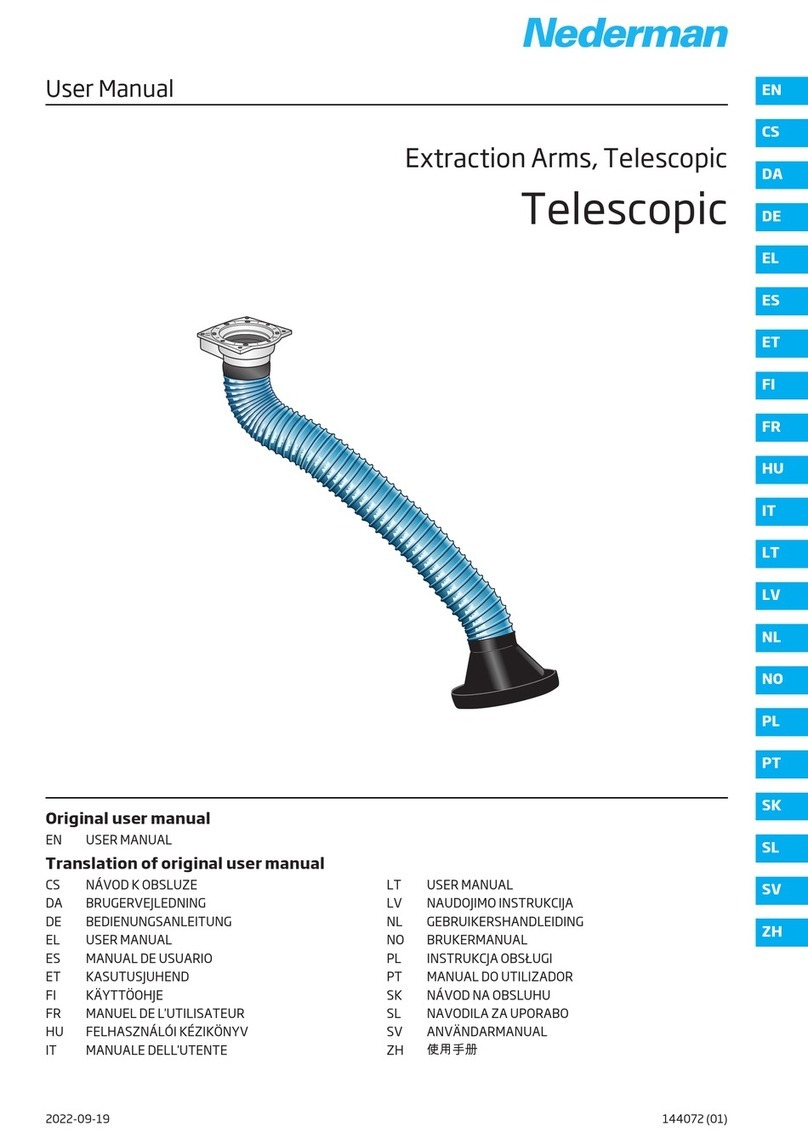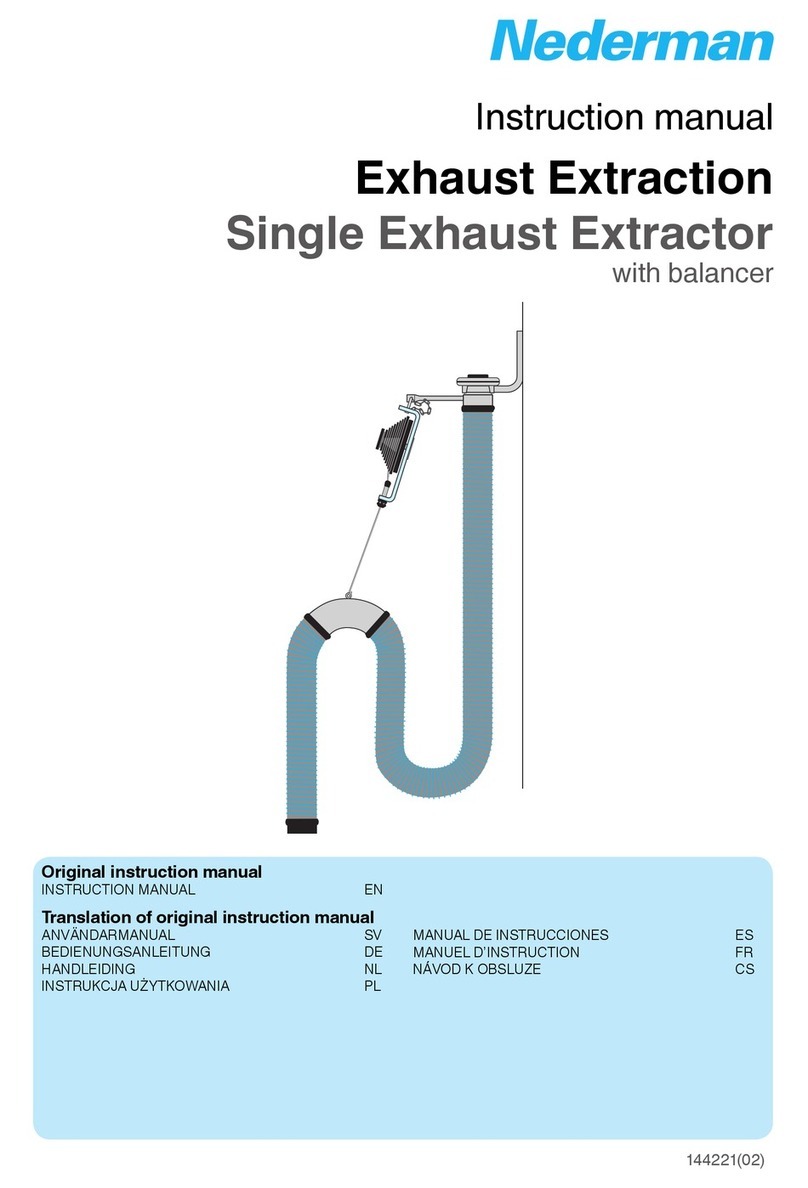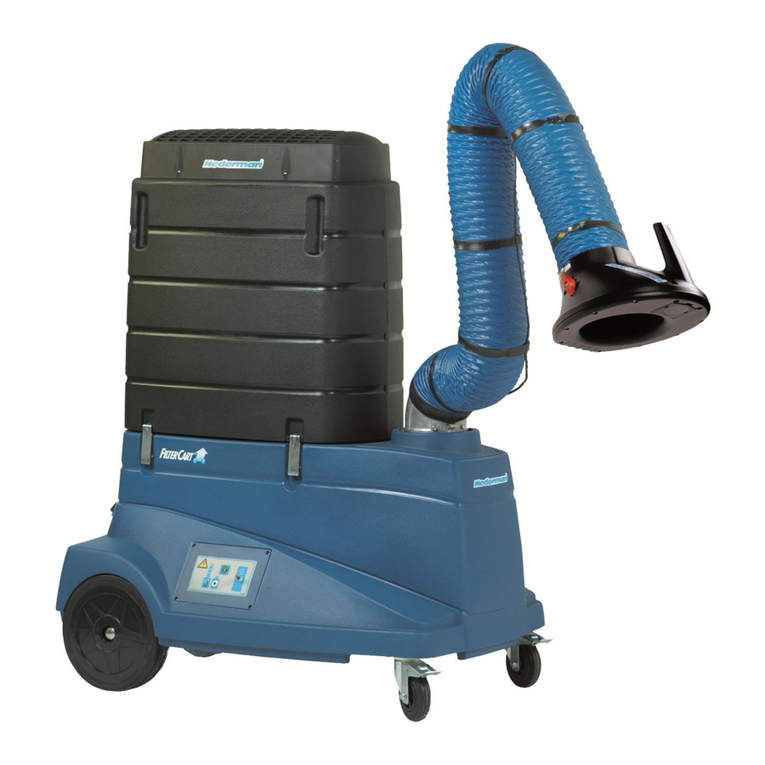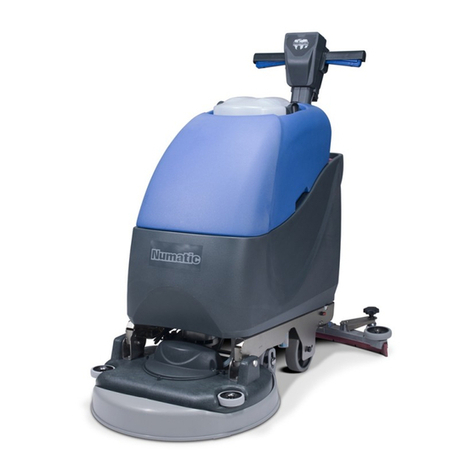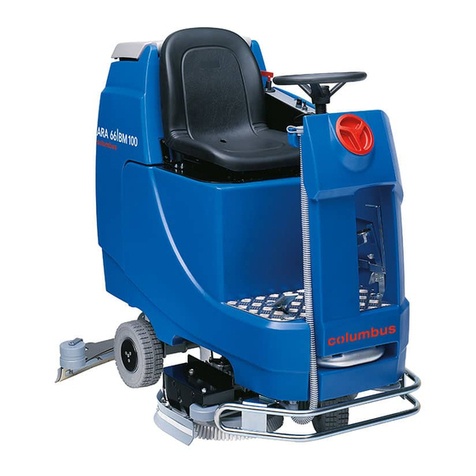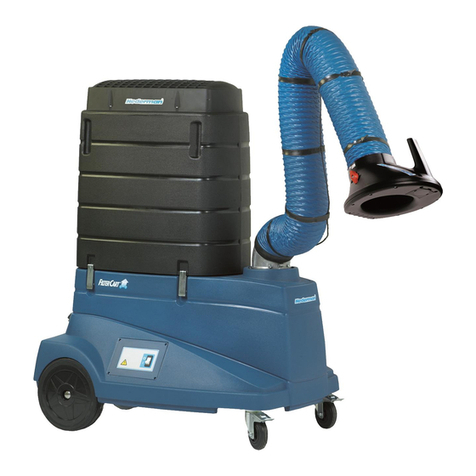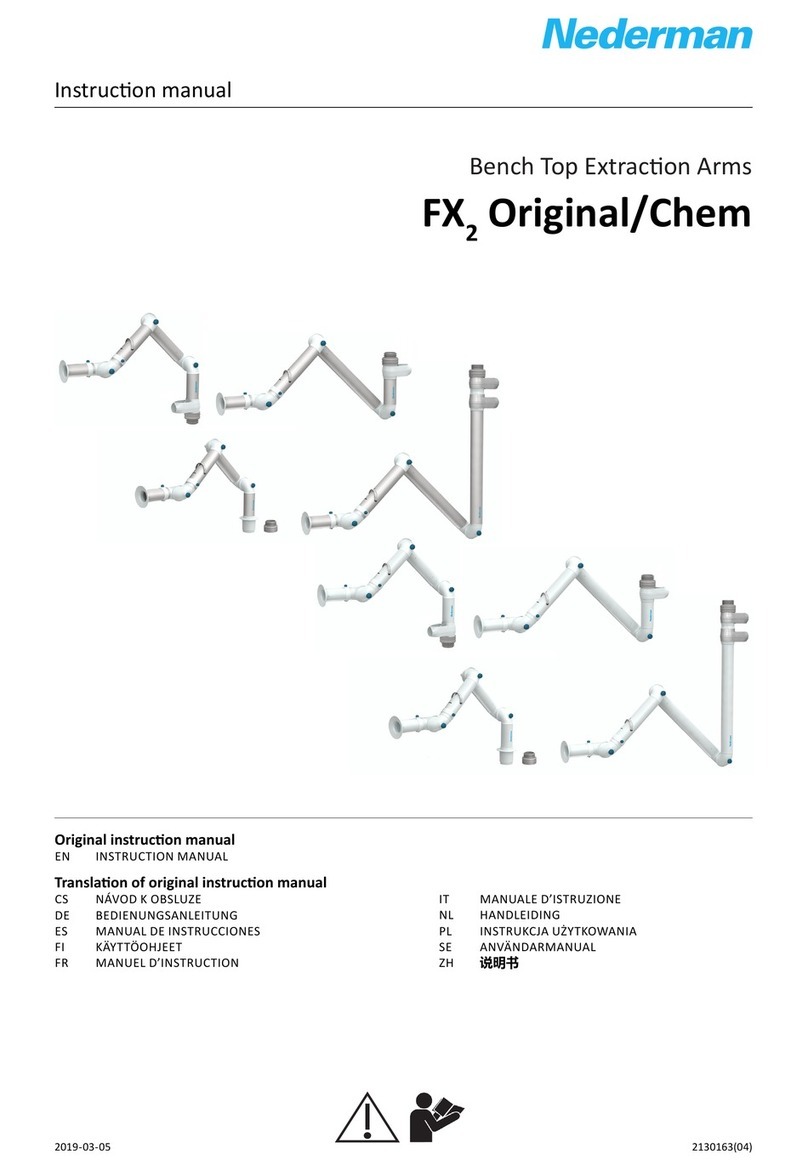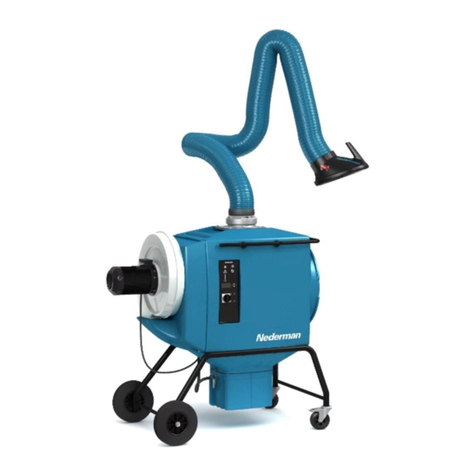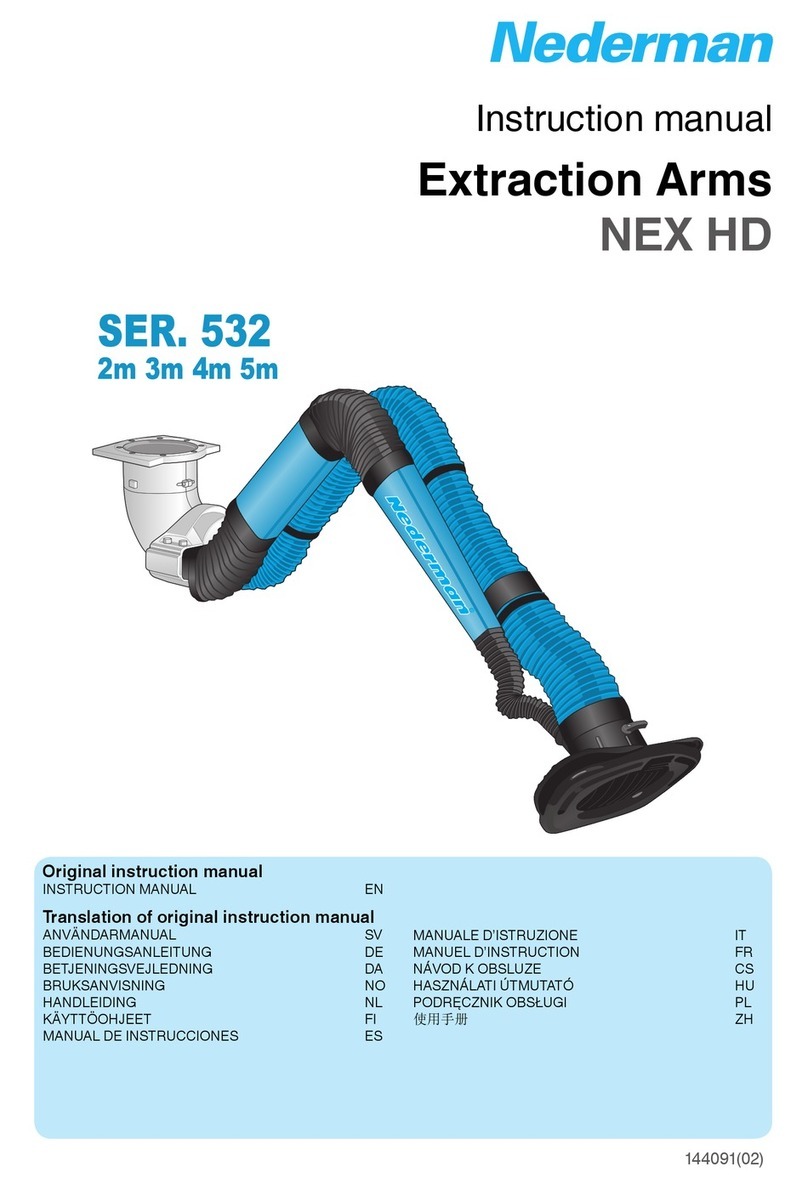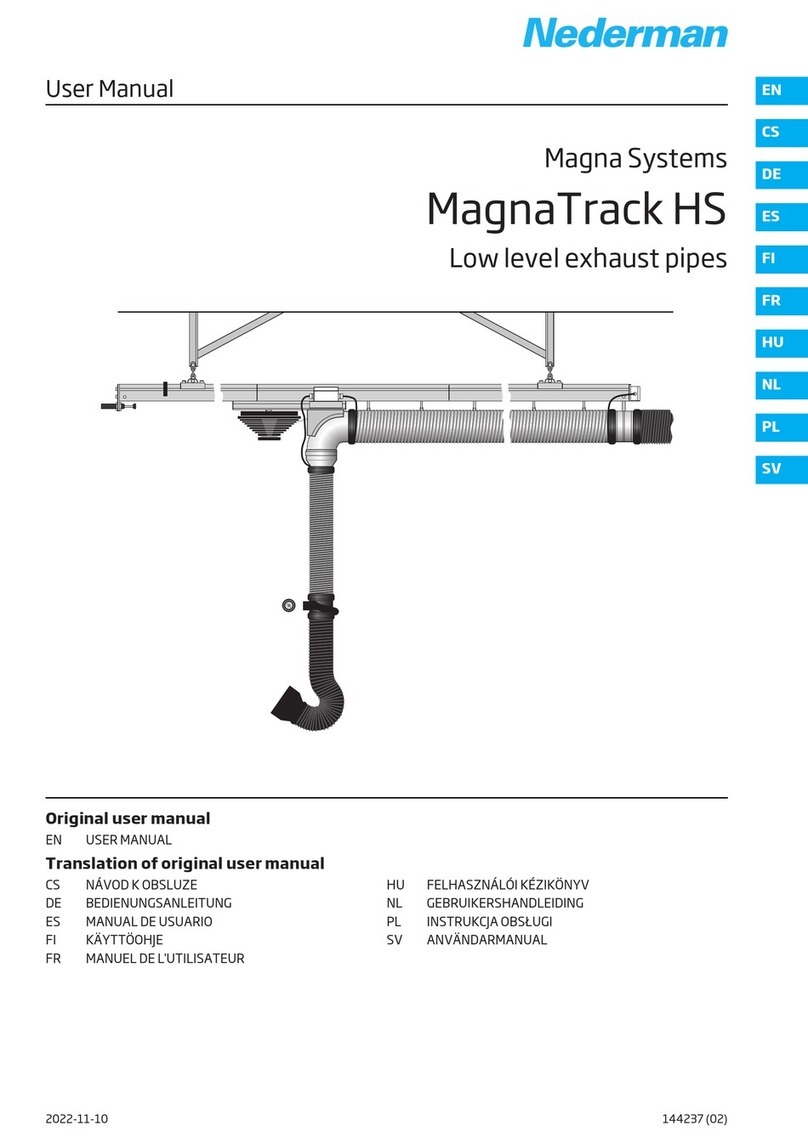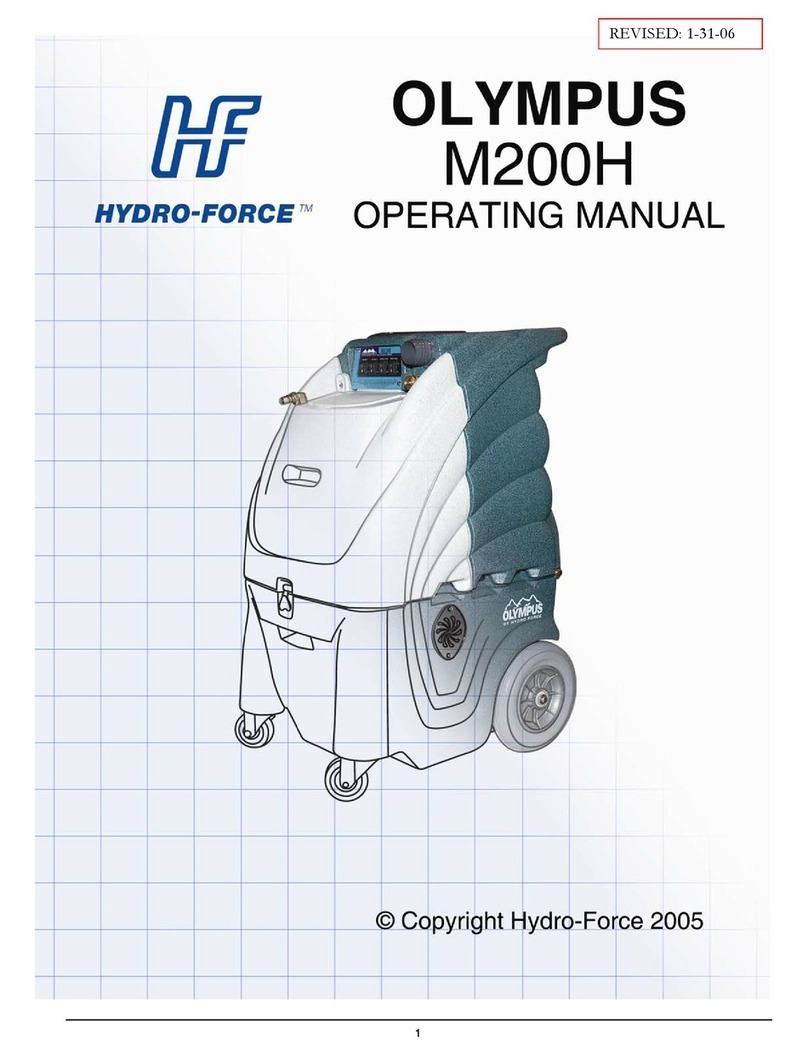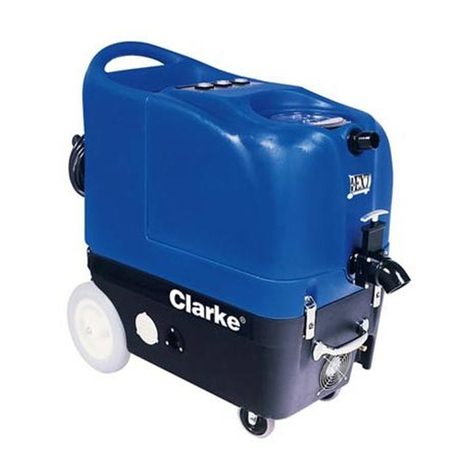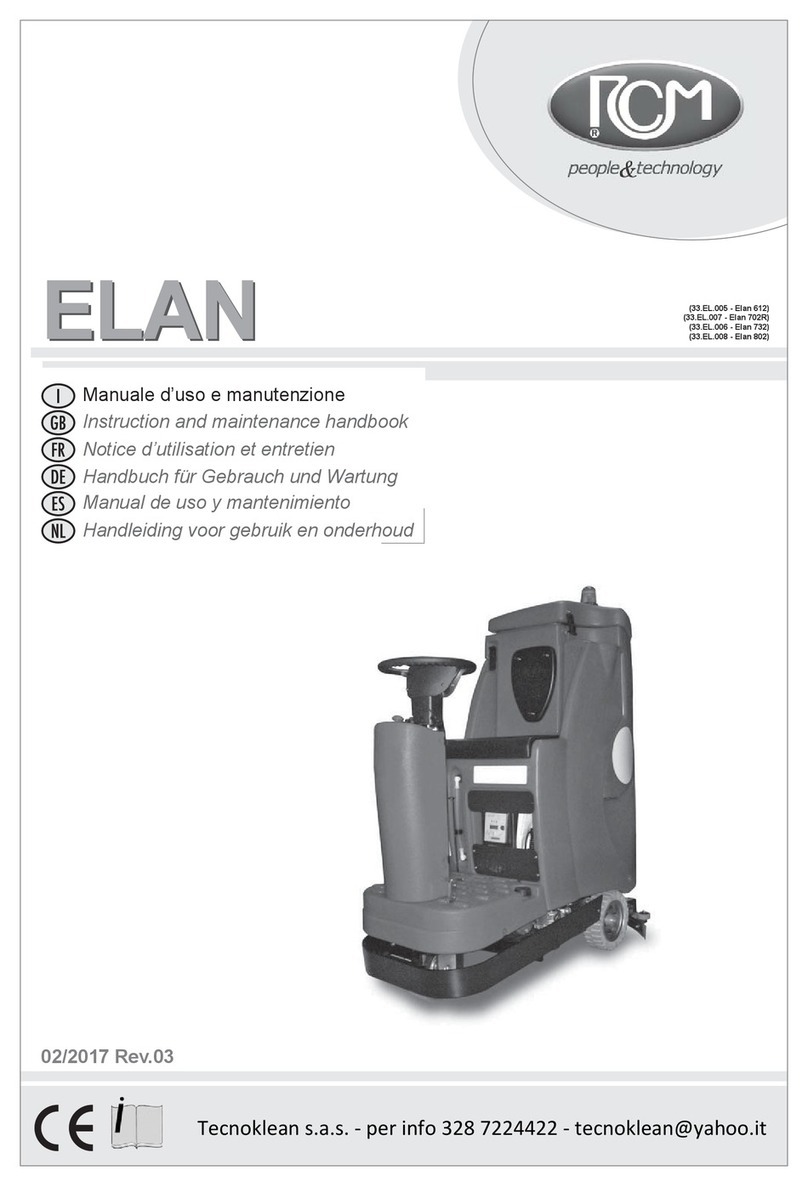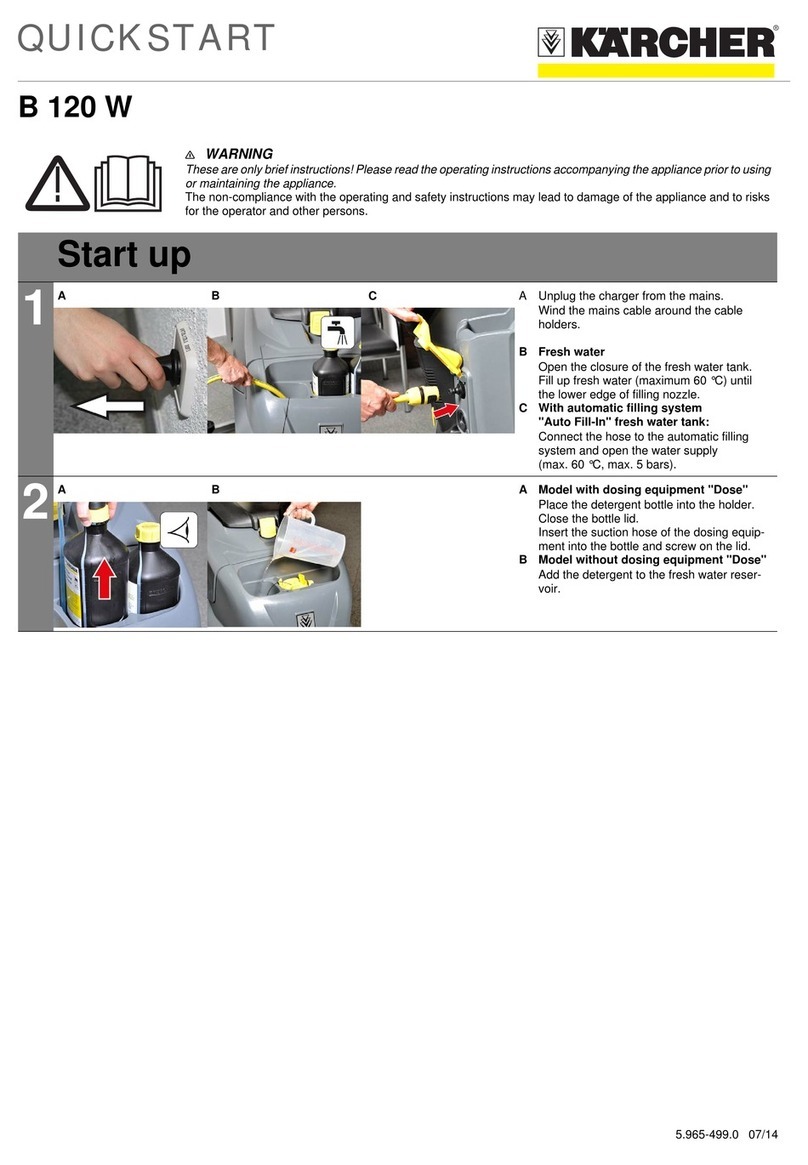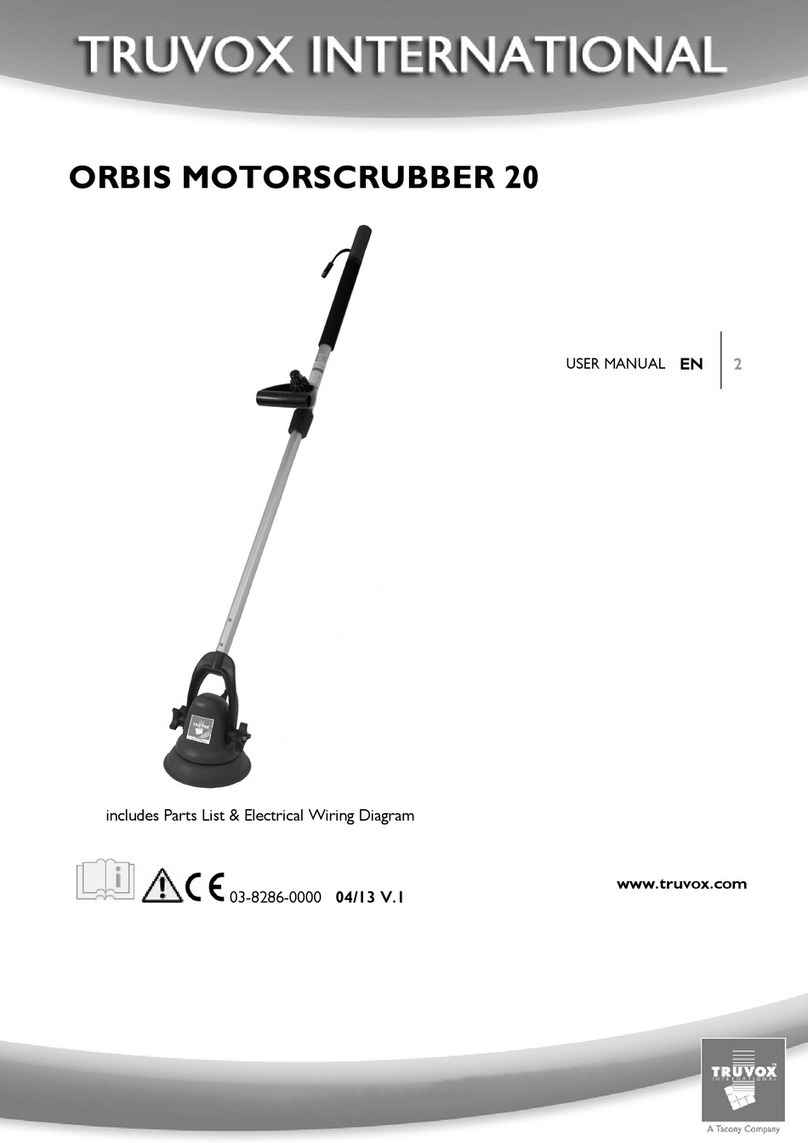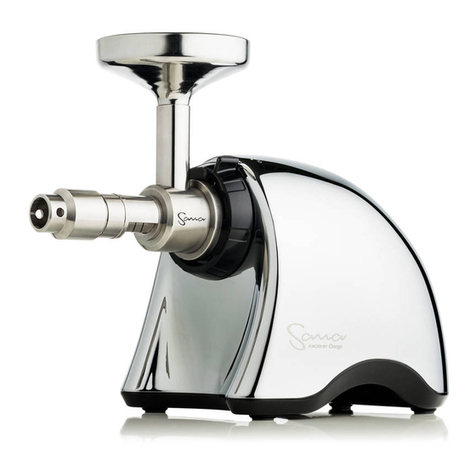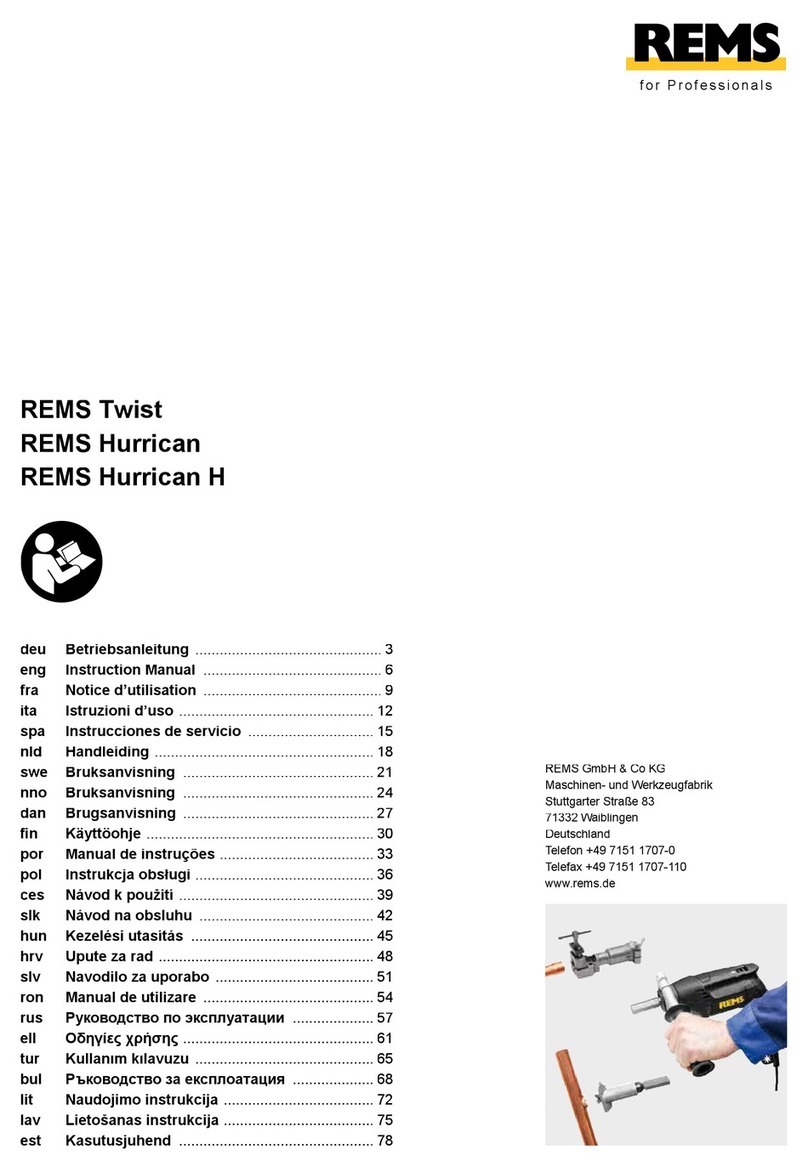
ExhaustRail Touchless
Declaration of Conformit
EN English
Declaration of Conformit
We, AB Ph. Nederman & Co., declare under our sole responsibility that
the Nederman product:
ExhaustRail Touchless (Part No. **, and stated versions of **) to which
this declaration relates, is in conformity with all the relevant provisions
of the following directives and standards:
Directives
2006/42/EC
Standards
EN SO 12100:2010, EN SO 20607:2019.
The name and signature at the end of this document is the person re-
sponsible for both the declaration of conformity and the technical file.
DE Deutch
Konformitätserklärung
Wir, AB Ph. Nederman & Co., erklären in alleiniger Verantwortung, dass
das Nederman Produkt:
ExhaustRail Touchless (Art.-Nr. **, und bauartgleiche Versionen **),
auf welches sich diese Erklärung bezieht, mit allen einschlägigen Be-
stimmungen der folgenden Richtlinien und Normen übereinstimmt:
Richtlinien
2006/42/EC
Standards
EN SO 12100:2010, EN SO 20607:2019.
Der Name und die Unterschrift am Ende dieses Dokuments sind die für
die Konformitätserklärung und die technischen Unterlagen verant-
wortlichen Personen.
ES Español
Declaración de Conformidad
Nosotros, AB Ph. Nederman & Co., declaramos bajo nuestra exclusiva
responsabilidad que el producto de Nederman,
ExhaustRail Touchless (Ref. n.º ** y las versiones indicadas de **), al
que hace referencia esta declaración, cumple con todas las provisiones
relevantes de las Directivas y normas que se indican a continuación:
Directivas
2006/42/EC
Normas
EN SO 12100:2010, EN SO 20607:2019.
El nombre y firma que figuran al final de este documento corresponden
a la persona responsable, tanto de la declaración como de la ficha técni-
ca.
FR Français
Déclaration de Conformité
Nous, AB Ph. Nederman & Co., déclarons sous notre seule responsabili-
té que le produit Nederman :
ExhaustRail Touchless (réf. ** et versions indiquées de **) auquel fait
référence la présente déclaration est en conformité avec toutes les dis-
positions applicables des directives et normes suivantes :
Directives
2006/42/EC
Normes
EN SO 12100:2010, EN SO 20607:2019.
Le nom et la signature à la fin de ce document sont ceux de la personne
responsable de la déclaration de conformité et du fichier technique.
NL Nederlands
Conformiteitsverklaring
Wij ,AB Ph. Nederman & Co., verklaren onder onze verantwoordelijkheid
dat het Nederman product:
ExhaustRail Touchless (artikelnr. **, en vermelde uitvoeringen van **)
waarop deze verklaring betrekking heeft, in overeenstemming is met
alle relevante bepalingen van de volgende richtlijnen en normen:
Richtlijnen
2006/42/EC
Normen
EN SO 12100:2010, EN SO 20607:2019.
Naam en handtekening onder dit document zijn van degene die verant-
woordelijk is voor zowel de Verklaring van Overeenstemming als het
technische document.
PL Polski
Deklaracja Zgodności
My, AB Ph. Nederman & Co. niniejszym oświadczamy na naszą własną
odpowiedzialność, że Nederman produkt:
ExhaustRail Touchless [nr części ** oraz wskazane wersje **], który je-
st przedmiotem niniejszej deklaracji, spełnia wszystkie odpowiednie
wymagania wymienionych niżej dyrektyw i norm:
D rekt w
2006/42/EC
Norm
EN SO 12100:2010, EN SO 20607:2019.
Na końcu niniejszego dokumentu znajdują się imię i nazwisko oraz pod-
pis osoby odpowiedzialnej za deklarację zgodności oraz dokumentację
techniczną.
4


